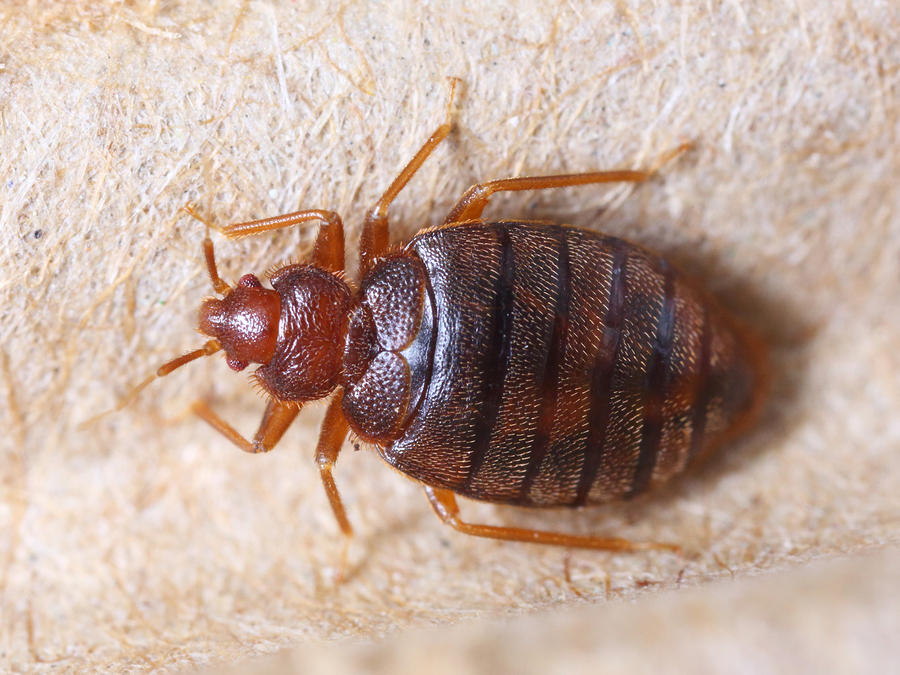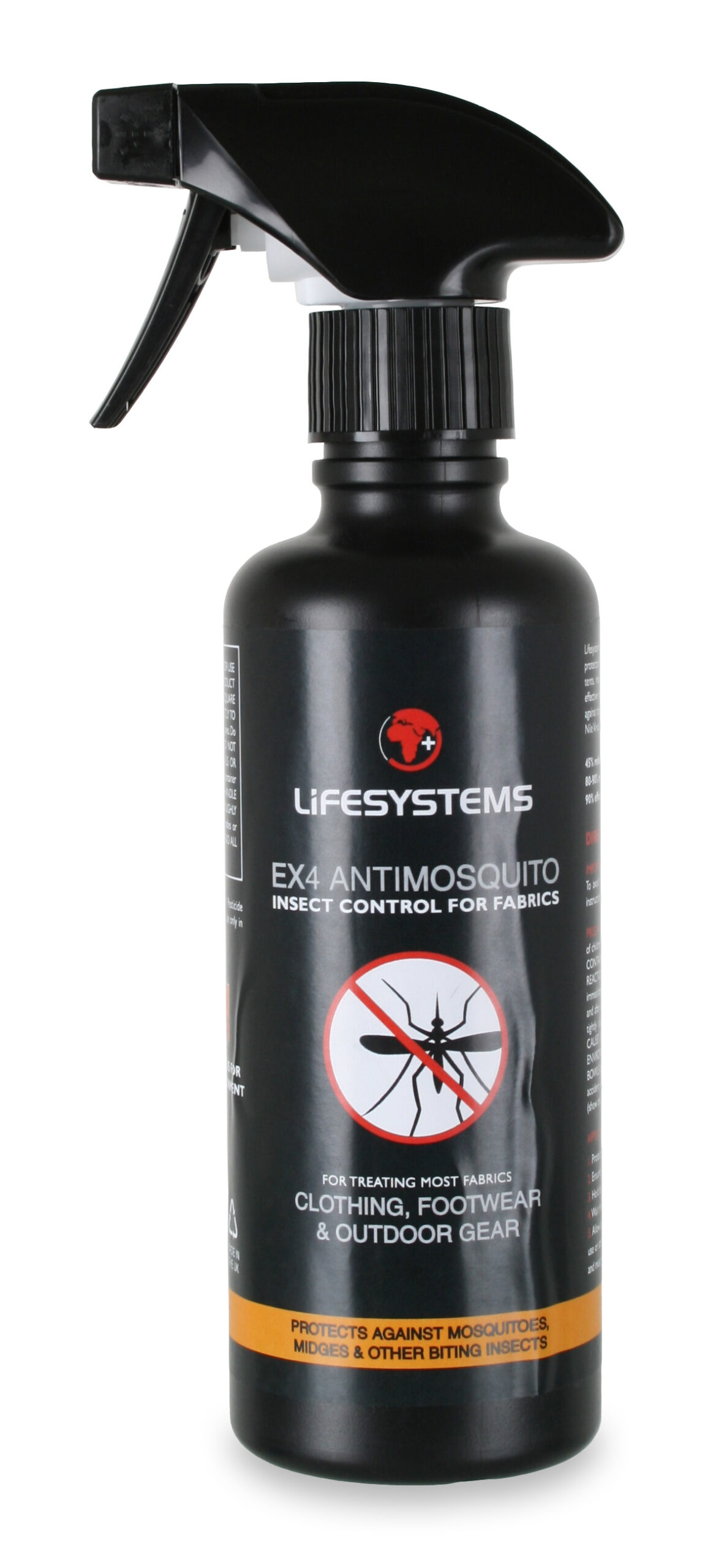When you’re travelling around the world you’ll often find yourself sharing a dorm room with more than just backpackers. Yes, we’re talking about a room mate of the insect variety…the pesky bed bug! Renowned for it’s presence in hostel mattresses, these little critters can cause you pain and discomfort while you’re staying in hostels and other budget accommodation.
What Do Bed Bugs Look Like?
Bed bugs are small insects, which are visible to the naked eye, and are light brown or reddish-brown in colour. Adult bed bugs typically grow to be around 4 or 5 millimetres in size and are an oval shape. As bed bugs are mainly nocturnal in their activities, you may not notice their presence until you start to itch during the night. However, there are a few bed bug warning signs that can help you detect them and combat the situation.
1) Small black spots on the hostel mattress or bedding – these may well be dried bed bug faeces
2) Blood smears on your bed sheets – if you spot small blood smears on your sheets, it’s possible you’ve rolled over in the night and squashed a bed bug or two
3) Empty shells on your sheets, which are mottled in appearance – These are possibly bed bug exoskeletons, which they have shed
How are Bed Bugs Spread?
Bed bugs are a growing problem in hostels and budget accommodation, and most travellers are bound to encounter them at some point. Once a person has caused an infestation of bed bugs, it is relatively easy for them to spread to other beds and even to other hostels. All it takes is for you to sleep in a bed bug infested bed, allowing the bugs to latch onto your clothing…then the next thing you know you’re packing them into your backpack and taking them with you to your next destination.
Are Bed Bugs Dangerous?
No, bed bugs don’t pose any serious risk to your health, as they don’t carry diseases or cause diseases like ticks and mosquitoes. Bed bugs cause painful and uncomfortable bites, which usually present themselves in the form of small and itchy red bumps. In more severe cases people may develop an allergic reaction, and if this happens they should seek medical attention immediately. Sometimes bed bug bites can turn into a rash with fluid-filled blisters.
If you’re unlucky enough to acquire a bed bug bite or two, you can usually treat this by using an insect bite relief spray or cream. However, not all people react to bed bug bites, so you might be one of the lucky ones!
How to Prevent Bed Bug Bites
There are ways to put a barrier between you and those nasty little bed bugs. There are a selection of products out there to help keep bed bugs and other insects at bay while you get a good night’s sleep. One option is to treat your sleeping bag liner with an insecticide such as Permethrin (insecticide used to impregnate many mosquito nets on the market), Lifesystems EX4 Anti-Mosquito Spray is suitable for use on clothing, rucksacks and other textiles.
For some travellers, the idea of having to re-treat their sleeping bag liner every couple of weeks can seem like too much hassle, so an anti-bed bug sleeping bag liner would be a much simpler option. The Lifeventure EX3 sleeping bag liner comes with EX3 impregnation and this lasts for up to 2 years or 35 washes, which saves a lot of time and effort for travellers. Another option would be to buy an impregnated bed bug protector sheet, which is essentially an impregnated bed sheet and pillow cases, which should be placed between the mattress and the hostel bedding to repel and kill bed bugs on contact.



